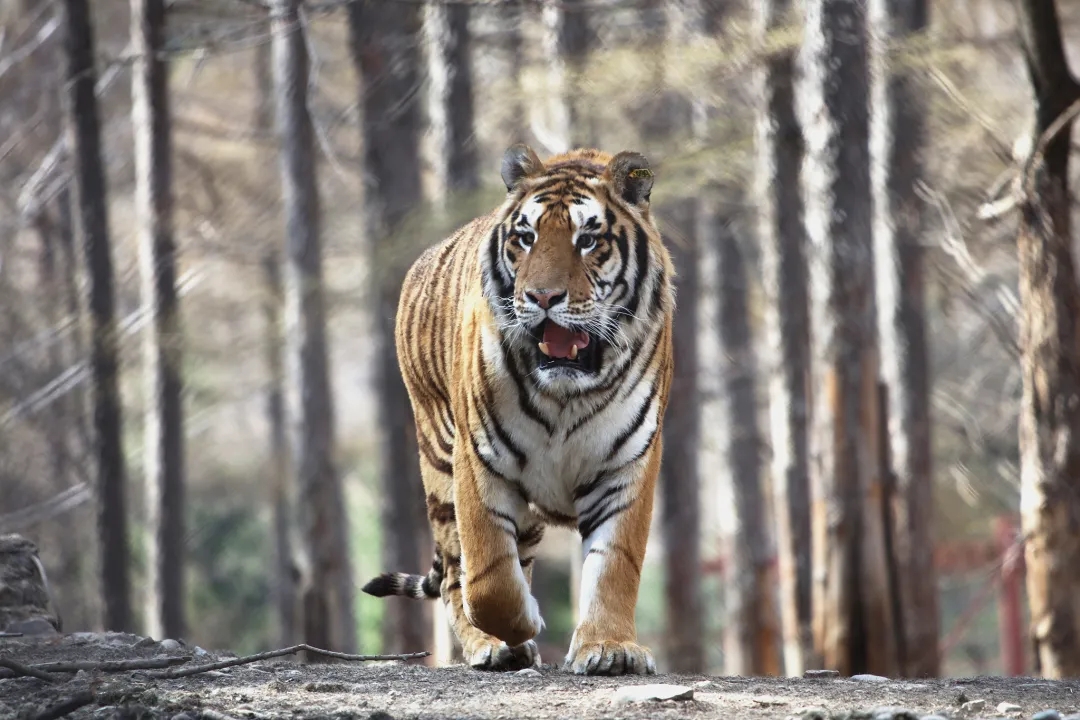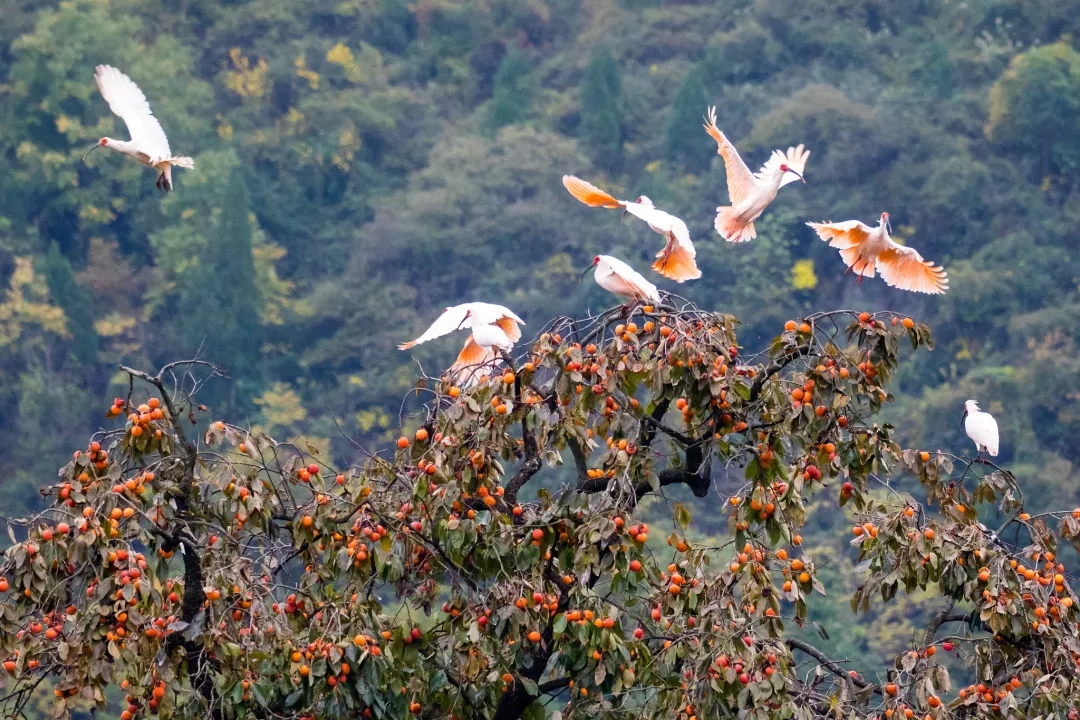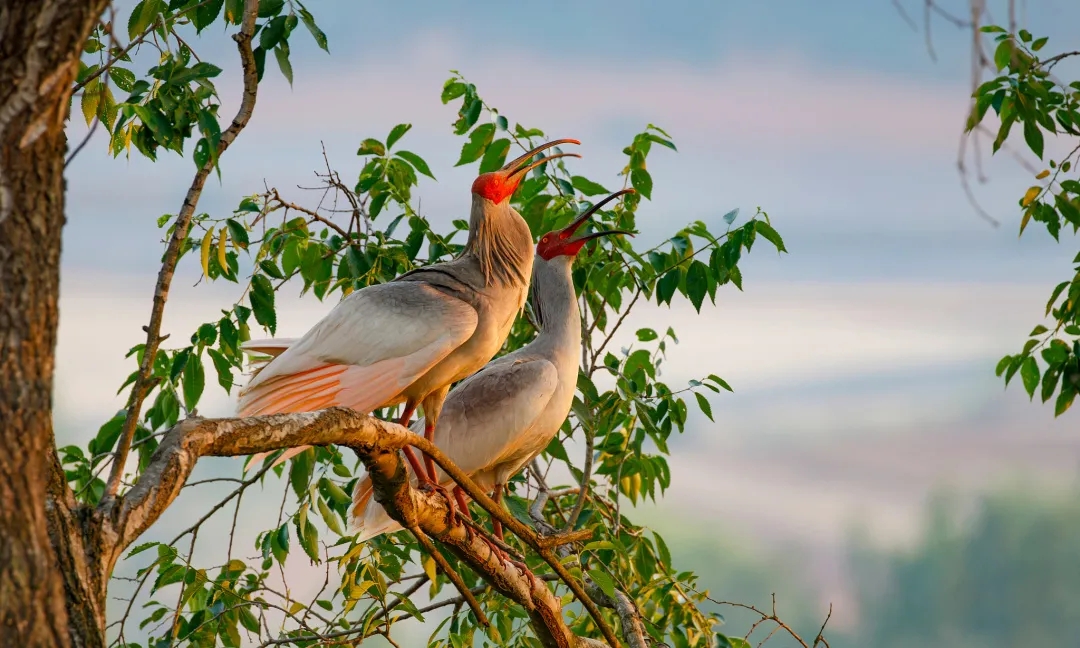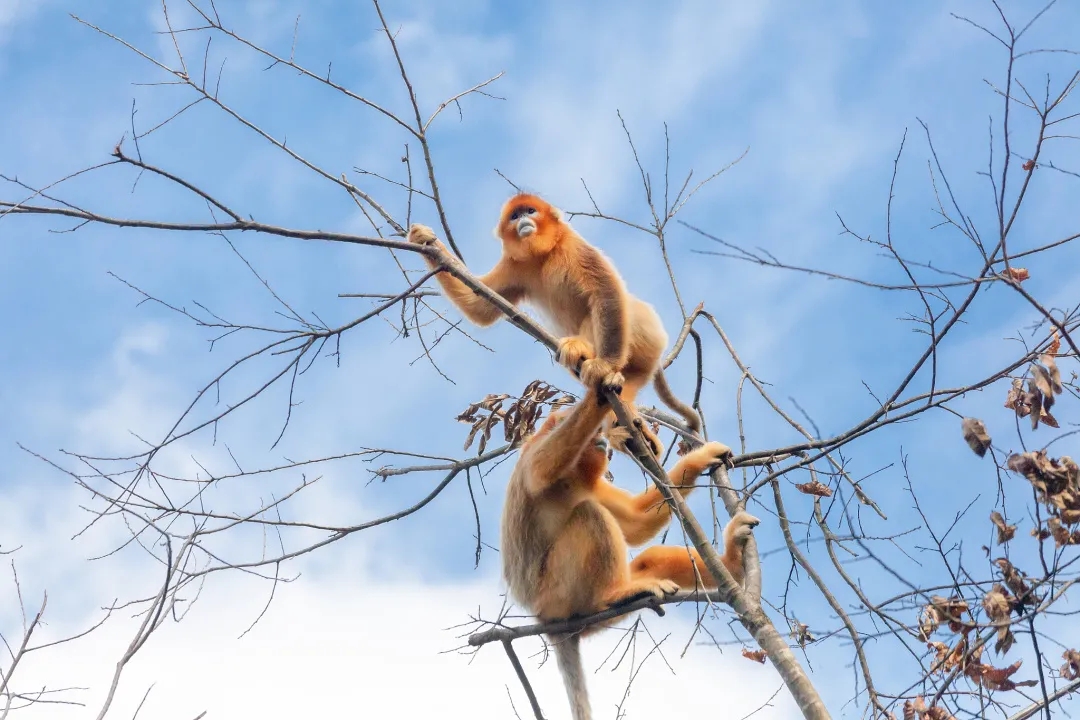Great news! Tibetan antelopes were "downgraded" and endangered wild animals frequently appeared.
In recent years, with the continuous improvement of the ecological environment, many endangered animals have "returned" to our field of vision. Since 2021, whales have "punched in" Dapeng Bay in Shenzhen many times, desert cats have appeared in Qilian Mountain Reserve, Northeast Tiger in Heilongjiang has entered the village, and the image of brown-necked hornbill has been photographed in Yunnan … … The frequent appearance of rare wild animals shows that China’s biodiversity protection has achieved tangible results!

Walking into Yangxian County, Shaanxi Province, crested ibis can often be seen dancing in the blue sky and beside streams … … Many people don’t know that the beautiful and elegant crested ibis was once considered extinct. When it was rediscovered in 1981, it was curled up in a small ravine in Yangxian County, Shaanxi Province, at the southern foot of the Qinling Mountains, with only 7 population left! The relay race to save an extremely endangered species has begun!

The guardians of crested ibis once stood in a shack under the crested ibis nest tree for 24 hours, squatting in the mountains for months; I also tracked Zhu Xi on two legs without any means of transportation; They stared at the telescope while driving mosquitoes in the sweltering Woods; Supplementing crested ibis with food in the frozen mountain paddy field; Go out to rescue the sick crested ibis &hellip on the eve of family reunion; …

It is the persistence of these crested ibis guardians that saved a species from extinction! They flew out of Yangxian County, the Qinling Mountains, the whole country and overseas, realizing the miracle of population rejuvenation! In 2021, the global population of crested ibis increased to more than 7,000.

In 1980s and 1990s, "shahtoosh" shawl made of Tibetan antelope cashmere was popular in European and American markets, and poachers aimed their guns at Tibetan antelope, resulting in a sharp decline in the population of Tibetan antelope in Hoh Xil. In order to protect these beautiful plateau elves! Since the 1990s, the local government has set up a mountain patrol team in Hoh Xil to crack down on poaching. In 1994, Jason Sonandajie, an "environmental defender", confronted gunmen and poachers in no man’s land of Hoh Xil and died unfortunately.

Heroes protect Tibetan antelopes and defend Hoh Xil with their flesh and blood, which has attracted wide attention from all walks of life! A new generation of mountain patrol members and enthusiastic environmental protection volunteers followed in their footsteps and came to Hoh Xil to protect Tibetan antelopes! At present, the population of Tibetan antelopes in China has increased from less than 70,000 in 1980s and 1990s to 300,000 today, and the living conditions of Tibetan antelopes have also decreased from "endangered" to "near-endangered".

A few golden monkeys are jumping and playing on the treetops, and their golden fur and light blue faces are particularly eye-catching in the sun … …
Up to now, five species of wild golden monkeys have been found in the world, namely, Sichuan golden monkey, Yunnan golden monkey, Guizhou golden monkey, Vietnam golden monkey and Nujiang golden monkey (Myanmar golden monkey), among which Sichuan golden monkey, Yunnan golden monkey and Guizhou golden monkey are rare species unique to China.

The forest in Qinling Mountain is the home of Sichuan golden monkey, which is an important geographical coordinate in China and one of the treasure houses of biodiversity in the world! Due to the over-exploitation of natural resources, the forest areas in Qinling Mountains were once destroyed, the home of golden monkeys was also divided, the gene communication route was blocked, and only "inbreeding" was allowed within the population, which caused many genetic diseases of newborn monkeys, and their survival and reproduction were facing a serious crisis.

In recent years, China has strictly protected the golden monkey population, established many nature reserves at different levels, and implemented projects such as returning farmland to forests and ecological migration. The environmental pressure on the golden monkey habitat has gradually eased, and the population has continued to grow!
With the increasing awareness of environmental protection, more and more tourists to nature reserves will consciously take away plastic bags, mineral water bottles and other plastic products, and more people will join the ranks of eco-environmental protection and work together to protect the natural environment and wildlife populations on which we depend!